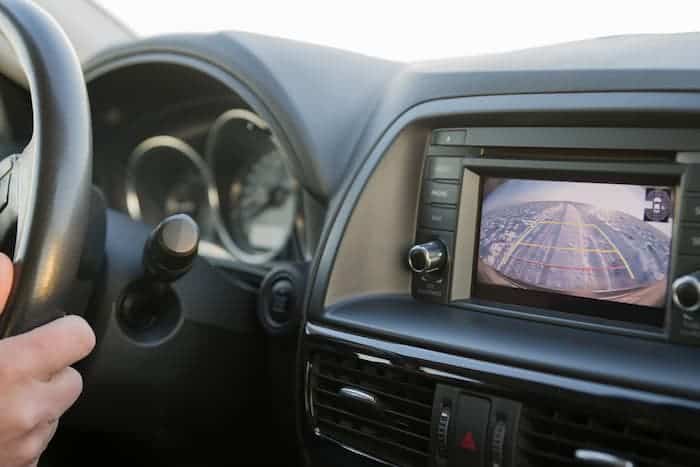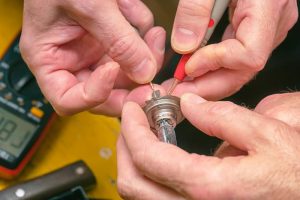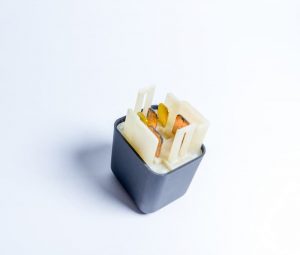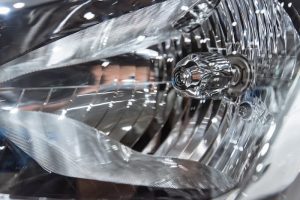Are you trying to fix radio interference caused by LED lights? This article will teach you everything you have to know about solving this challenging problem. Drivers keep complaining about the interference caused by LED lights, which makes listening to the car radio problematic. This is a serious issue, especially at night, because you won’t be able to listen to your favorite radio stations when your headlights are turned on.
Fortunately, we have compiled the best ways for eliminating LED light interference. At the end of this article, you will understand why this problem happens and how to resolve it so that you may listen to the radio in peace in your car.
Radio interference: What is it and what causes It

When your radio device receives numerous signals on the same frequency, this is known as radio interference. It can be caused by various electronic equipment near your radio, not just LED lights. Radio interference usually makes a whirring sound, although it can also be silent. Radio waves, which radio stations broadcast, travel through the air and can be picked up by various receivers. The radio in your car is an excellent example of a receiver, as it decodes radio waves to obtain information (such as music, news, etc.). These radio waves have different frequencies, and when the device receives numerous waves with the same frequency, interference occurs.
The source of this discomfort, which interferes with the radio, is usually certain electronic devices near the radio.
FAQ about LED and radio frequency

Do LED lights emit radio frequency?
- Electrical signals can be emitted by LEDs that are poorly manufactured.
- Interferences can be caused by more than just headlights.
Some LED lights produce electrical signals that cause televisions and radios to malfunction. This is not true for all of these lights, but rather for the lower-quality ones. In truth, there are a lot of low-quality products on the market. These items violate official recommendations and regulations; therefore, be careful while buying such lighting gadgets. LED lights are becoming increasingly popular for a variety of reasons. They use a lot less energy than incandescent lights; however, interferences are a drawback that must be considered. Keep in mind that this applies not only to car headlights but to any LED lights nearby, including those within the vehicle.
How do LED lights interfere with my radio?
The bulbs aren’t always the source of the problem but if they are, here is how to replace your car bulbs. With that being said, the most typical cause of interference is the electrical ballast. The startling truth is that it is not often the LED light bulbs themselves that are the source of the problem, but rather how they are powered. As you may know, LED lights produce light by flickering hundreds or thousands of times per second. An electrical ballast keeps the number of flickers under control, but part of this energy can be converted into an electrical signal and picked up by your car’s radio.
Fixing radio interference from LED lights

Now that we understand how LED lights work, it will be much easier to resolve and prevent interference issues.
- Identifying the source using an AM radio
To identify undesirable transmissions, use an AM radio as a sensing piece of equipment. It is also compatible with a VHF radio.
Easy setup
The first step will be to pinpoint the source of the interference. We won’t know what to do next unless we know where the source is. However, if you are sure about the source of the interference, you can skip this step. Using an AM radio is the simplest technique to locate the source of the interference. It doesn’t have to be brand new, but it needs new batteries and the ability to control the volume.
- The setup is also straightforward. All you have to do now is look for a station near the bottom of the dial. Make sure the radio isn’t making any noise, even if it’s just static.
- Your AM radio will act as a sensing device, receiving all signals from the surrounding area if you do it correctly.
- Make sure the volume is appropriate; otherwise, you won’t be able to hear and identify the source.
- Now that we’ve completed the setup, take the AM radio and place it near every LED light outside or inside the vehicle.
- Headlights, fog lights, brake lights, traffic signals, door lights, overhead lighting, and other lights should not be neglected. Remember that there could be multiple sources of interference.
- Ferrite cores
This is the simplest method for resolving the issue. They are available to buy at a low cost. Installing them on inaccessible lights can be difficult, such as overhead car lights. Ferrite cores, commonly known as ferrite beads, ferrite chokes, or EMI filters, are small components that operate in a rather straightforward manner. Wrap a ferrite choke around the cables that power the lights, and you’re done. The aspect that isn’t so pleasant is that you have to use one for each LED bulb.
However, you will observe that the interference steadily decreases when each ferrite core is installed correctly. It will eventually vanish totally. But how do ferrite cores function in the first place? They are filters that block or at least reduce the high-frequency current to a significant amount. Lower-quality LED lights will require a ferrite core. Ferrite cores are not needed on the lines that supply incandescent lamps, as incandescent bulbs cannot cause any form of interference.
- Replacing the bulbs
If your present LEDs are of poor quality, this is a smart idea. If you can afford it, go for well-known brands. In some circumstances, it is preferable to replace the LED bulbs. This is especially true for interior lighting, where using a ferrite core is problematic, if not impossible.
It is strongly advised for you to get high-quality LED lights. They may be more expensive, but the low-cost ones will cause the exact difficulties you’re trying to avoid. EMI suppression regulations are generally met by LED light bulbs provided by reputable vendors, which is exactly what you’re looking for. Philips, Cougar Motor, BEAMTECH, and Osram are just a few of the well-known brands available on Amazon. Avoid no-name brands unless you are positive that they are good.
- Replacing the LED light’s transformer
The transformer is sometimes the source of the problem. As previously stated, the LED bulb and the internal components that power the light can be the source of the problem. As a result, you can choose to replace the transformer in your LED light with one that has greater EMI suppression. You won’t need a ferrite core if you do it this way. However, it should be emphasized that such a technique is limited to low-voltage LED lights. It is preferable to use the other options in this article for bulbs with a higher voltage than 12V.
Additionally, certain LED lighting systems have a transformer inside, which implies, as previously said, you must replace them entirely. You can replace the external transformer if the lighting system has one. Transformers, like bulbs, must be of high quality to reduce interference. If everything is done correctly, your radio should play on any radio station without issue.
- Using shorter/shielded wires
The interference will not be removed; it may work as an adjustment. Although this method will not solve the problem created by LED lights, it has been observed that longer lines are more prone to interference. As a result, we recommend using shorter wires to reduce the amount of interference generated. If this is not practicable, insulated cables will serve.
Nonetheless, you should think about the rest of our options as well.






